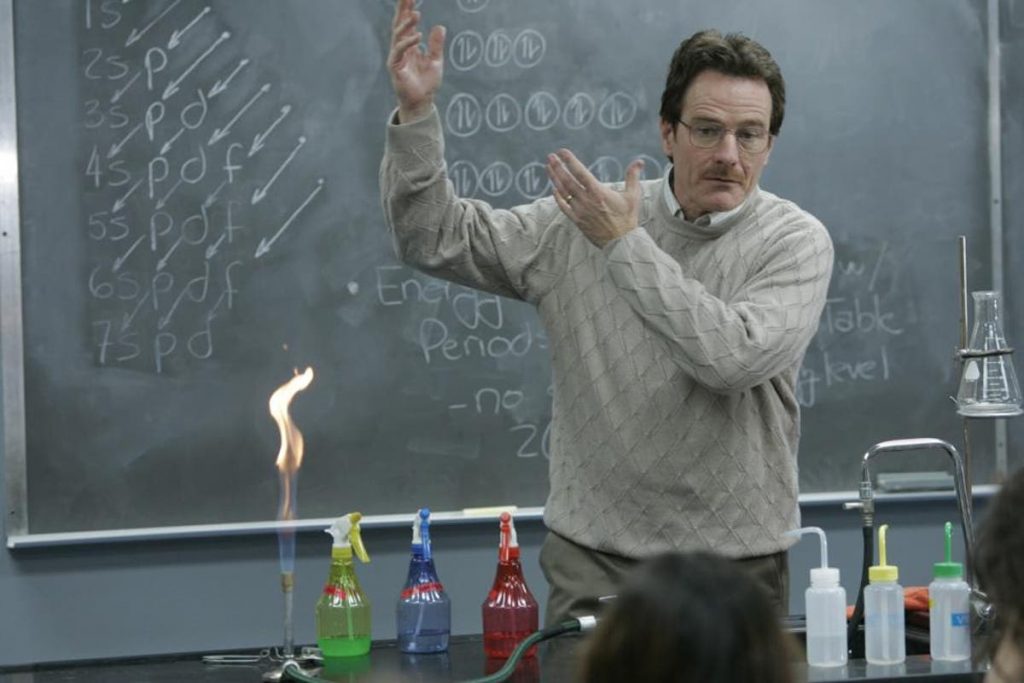Where Teachers Quitting Public Schools Are Headed
Teachers quitting the public school system aren't necessarily leaving the profession altogether, but turning to alternatives.

The education profession has faced many changes during the past few years, and teachers are tired of being restricted from meeting students’ needs. Excessive pandemic protocols have left children isolated and scared. Many of them are facing new mental health issues and educators wishing to help them do not have the support they need to offer proper care in the public education system. Before the pandemic, a teacher shortage was already affecting the profession, but in the aftermath of the COVID era, teachers are quitting and starting their own microschools to provide small individualized institutions that offer parents and children the options they need to succeed.
In 2020 the rate at which teachers were quitting rose 148% and that continued into 2021 as teachers were mandated to receive the experimental COVID-19 vaccination in many areas. Although later overturned, this mass exodus of teachers have experienced burnout due to the teacher shortage and constrictive teaching practices which keep growing more difficult as the federal government expands its involvement in local school districts. The Biden Administration has used the pandemic as a gateway to pushing party politics in schools and some districts have even used taxpayer-funded COVID relief money to insert divisive teaching practices which many parents have spoken out against.
Numerous teachers are quitting to better serve their communities. Some have found employment with private institutions, but forming a small in-home microschool has proven to be a simple solution that offers flexibility and creative learning opportunities. Instead of being forced to adhere to restrictive federal government regulations, microschools can incorporate personalized learning techniques, work directly with parents to implement curriculum changes or updates, as well as offer more hands-on learning that gets children excited about their education.
Opponents warn that microschools may further inequities leading to teachers quitting the system, but the policies introduced into public schools are proving detrimental. Districts that have removed failing grades and penalties for chronic absenteeism or turning in late work have done so to aid student equity rates, yet they are seeing record enrollment drops. Schools implementing identity politics in the classroom per The Biden Administration’s push to advance equity in the school system are also experiencing low enrollment.
Parents have battled school boards and countlessly voiced their opposition to identity-based education over performance. Schools that focused on admitting students based on what they look like instead of their work ethic have experienced lower performance rates and record drop-outs. In addition, a recent National Education Association survey reported that 90% of members are experiencing burnout and 55% of teachers will be quitting their jobs early.

There are many factors to why teachers are quitting the public education system, but the fact of the matter is that many are seeking employment elsewhere in order to be able to properly teach. Children need guidance and support as they experience their educational journey. The public system is not offering that. While the U.S. Department of Education continues to create more restrictions, teachers are quitting to offer constructive alternatives that meet the needs of the families they serve. Those who form microschools are supporting school choice and every family’s right to find an institute of learning that best suits their needs.



